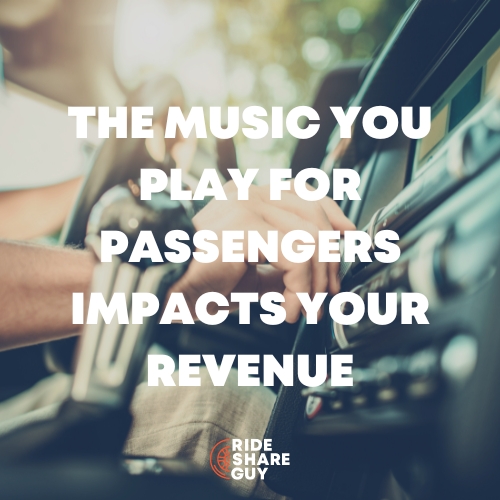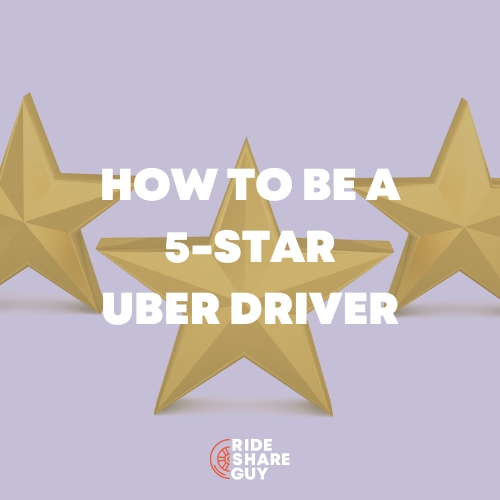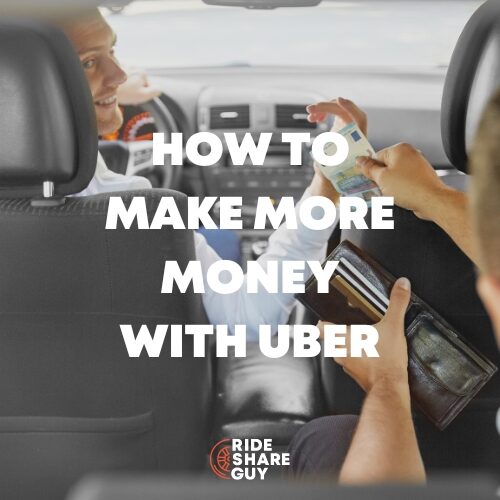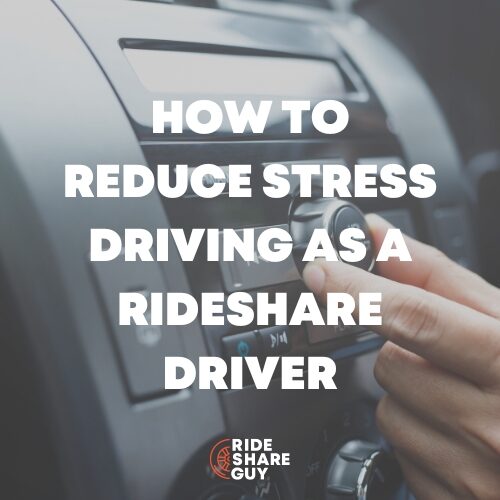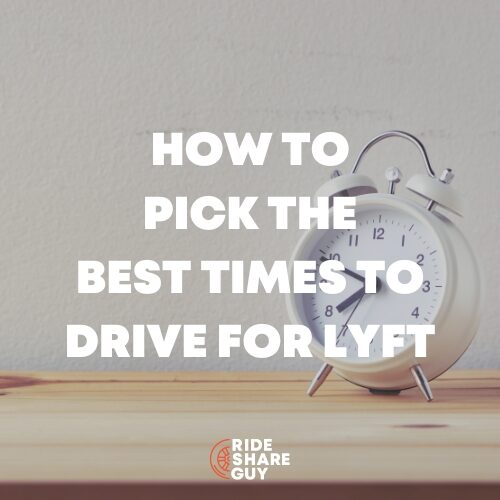Many of us are not driving for Uber and Lyft during this pandemic, but some are. Those who are driving for Uber and Lyft must wear a mask, but Uber and Lyft don’t say much about why you should wear a mask, much less which masks are best protection for you and your passengers. RSG contributor Gabe Ets-Hokin dives into the whys, hows and what types of protective masks are available for drivers.
Wear a mask! say Uber and Lyft. “Whether you are a rider, driver or delivery person—everyone must share in the responsibility of helping stop the spread of COVID-19 says the Uber blog. Lyft also requires masks for passengers and drivers.
But what masks? Uber and Lyft pass the buck to the US Centers for Disease Control and Prevention (CDC) recommendations, which simply require face coverings that go over the nose and mouth.
Related:
- 5 Ways Drivers Are Creating Their Own Sneeze Guards and Protective Barriers
- Driver Barrier Review: What You Need to Know About Driver Partitions
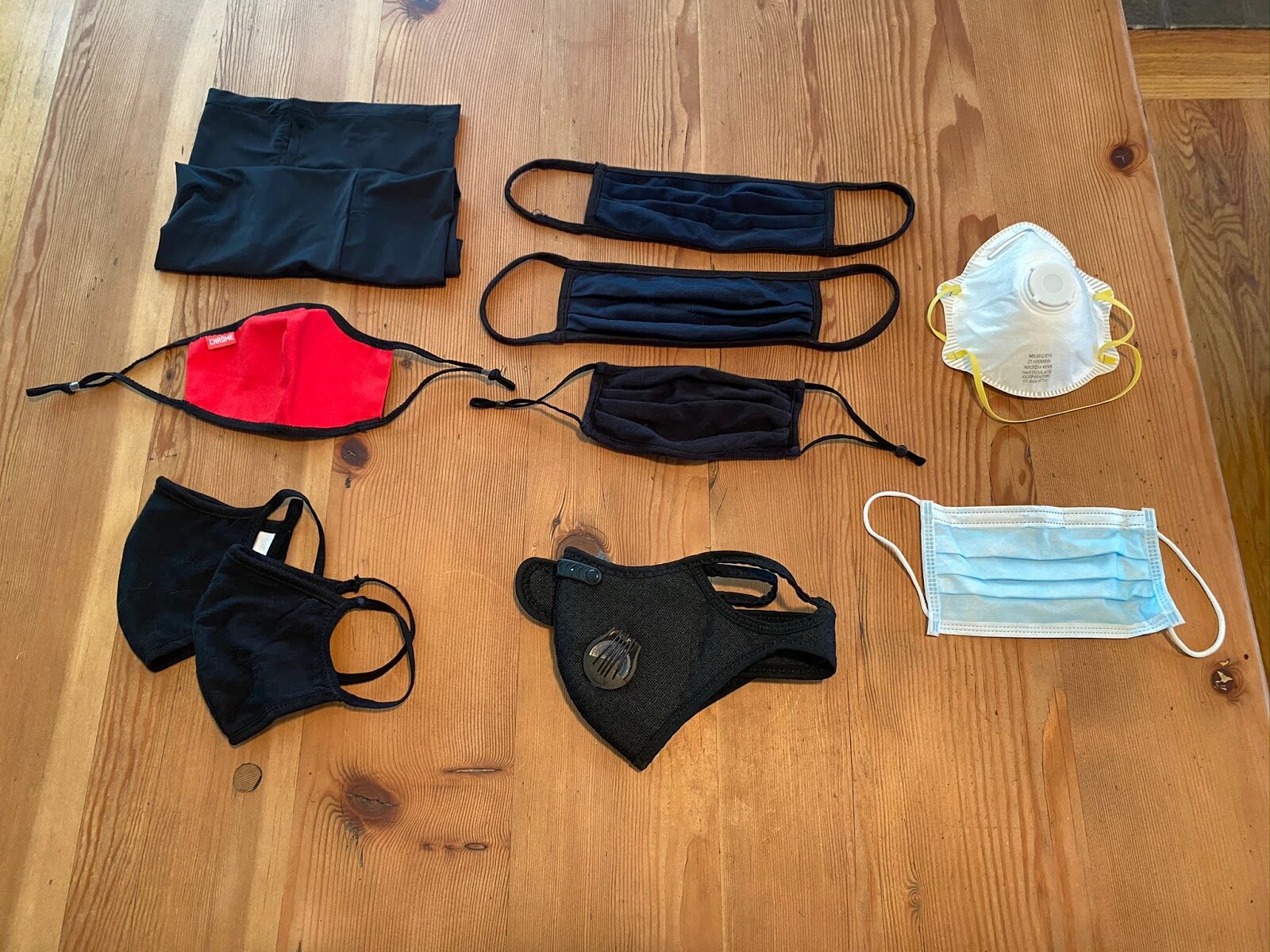
The CDC also doesn’t recommend N-95 masks – save them for health-care workers and first responders, they say – but there’s not a lot in specifics.
So what’s the best mask to wear? And where do I buy them? How many should I get?
I’m going to try to figure this out, but I’m not a doctor or scientist and there’s a lot of very technical language in the studies, but here is what I’ve learned. I hope it’s helpful, and please help us all out by sharing what you’ve found out about mask-wearing in the comments.
Quick summary:
- Please wear a mask!
- What kind? According to our tests, multiple-layer cotton or blend is a good option
- You’ll also want to look for elastic earloops, an adjuster and a US-based retailer
Why Wear a Mask?
CDC has a pretty good website explaining why we wear masks, and I recommend you read it, but I’ll sum it up for you. We wear masks to protect others, not ourselves. Get it?
If you want 100-percent protection from the COVID-19 virus, a simple cloth face covering is not going to do it, though it may offer some protection – how much is unclear (but there is a massive body of research), but some.
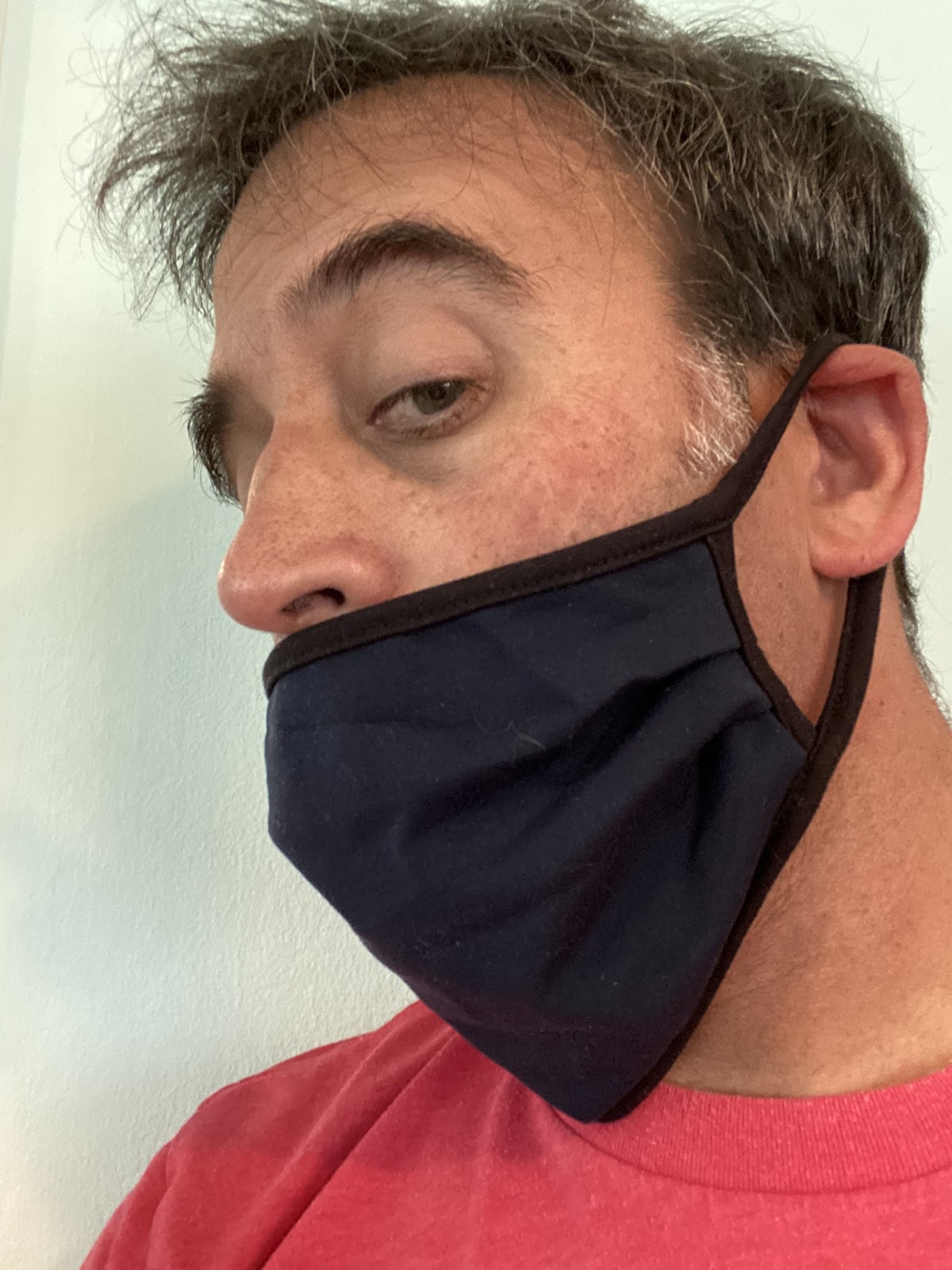
So if you’re within six feet of an unmasked person, your cloth face covering is incomplete, at best, protection from COVID-19. Multiply that by 250-600 trips a month and it’s not a question of if you’ll contract this illness from unmasked passengers, but when.
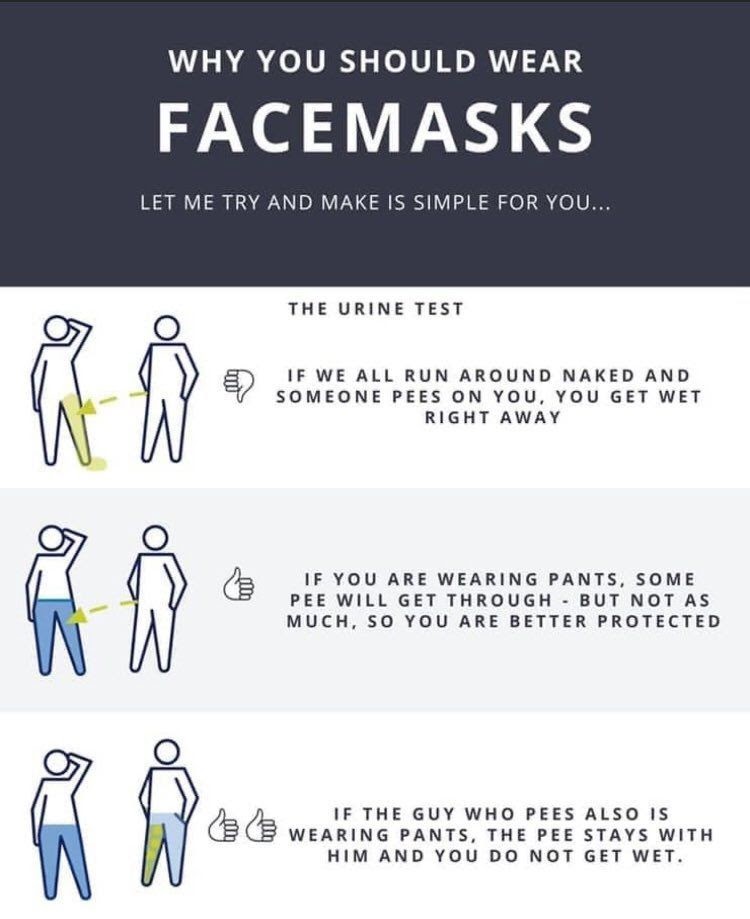
Good news is that if you’re both wearing masks, the risk of transmission is greatly mitigated. How much? Ask me in 10 years – science can’t provide solid answers on the fly.
If you want more proven protection, an actual N95 mask is best…but you may not want to wear one.
Why? Well, the design of N95 masks (and non-N95 “respirator” style masks) are designed to filter only incoming air. Your breath is piped right through a butterfly-type valve that only opens when you exhale… sending your germy air out into the atmosphere.
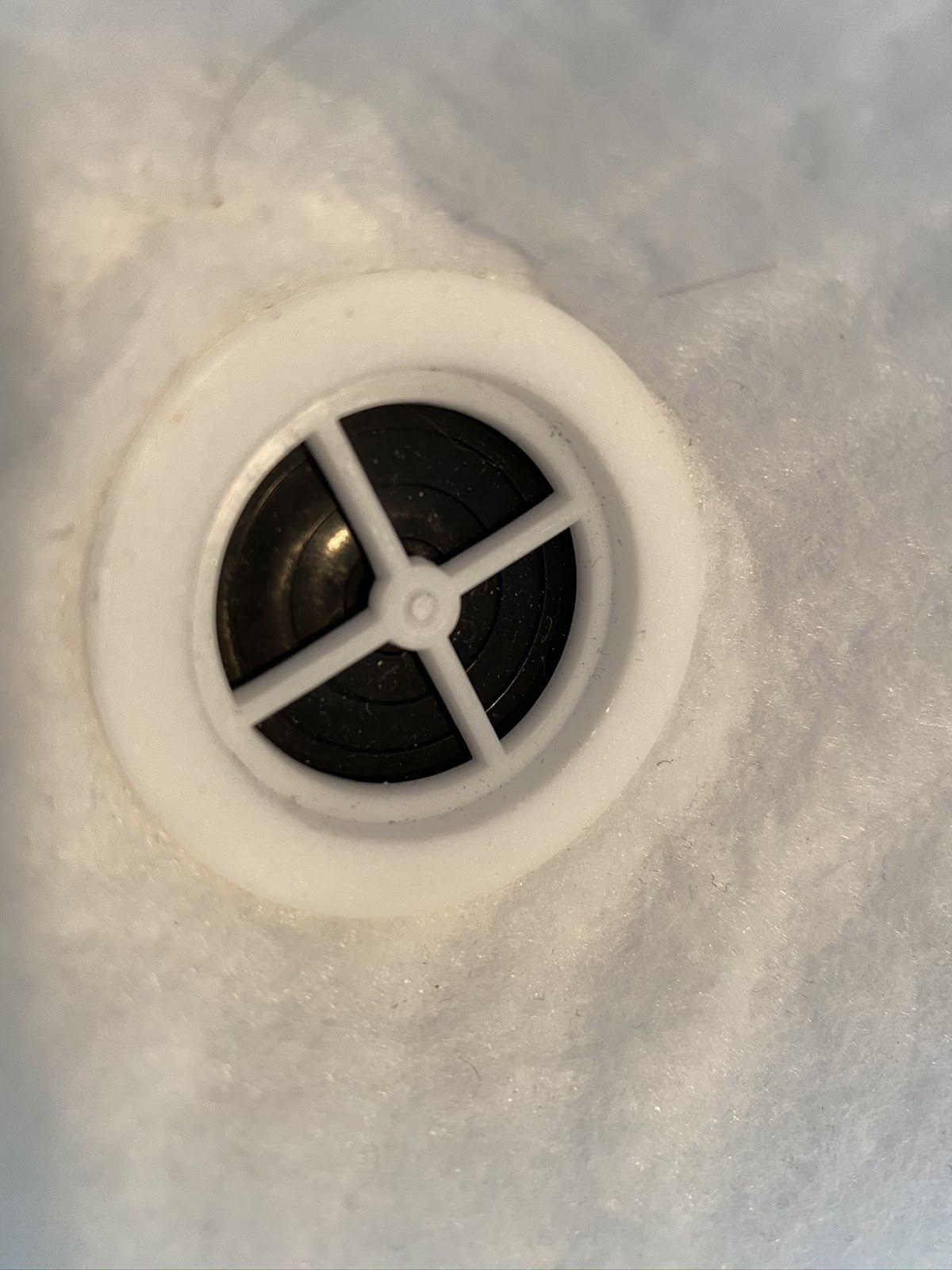
In the close confines of a car, even with windows down, you could spread the virus if you are an unwitting, asymptomatic carrier. ‘The heck with them’, you say about your passengers (a sentiment I may have uttered once or twice in the last six years), but be warned a savvy passenger may report you, resulting in deactivation. Unlikely, but we all know what these companies are like.
Someone in the comments may point out that this means Uber/Lyft are giving us this choice: risk infection or quit. Are they wrong?
If you value your health or the health of people you may be in frequent contact with, do not , under any circumstances, allow unmasked passengers into your car.
What should you do if riders refuse to wear a mask? Harry addressed this question on his most recent YouTube live here, but you may want to consider buying some cheap disposable masks for passengers who don’t have their own in order to keep from canceling the ride.
Yes, disposable masks aren’t ideal and many drivers may balk at buying their passengers masks. However, some passengers get very offended (even aggressive) if you do ask them to wear masks. If you are assaulted by a passenger, reach out to LegalRideshare – they’ve seen this happen, unfortunately, and can help:
In the last seven days, we’ve consulted with four drivers who’ve been assaulted after asking passengers to comply with mask requirements. https://t.co/FobgcbmSoU
— LegalRideshare® (@LegalRideshare) July 12, 2020
If you’re in an area where there are many people who, for whatever reason, have decided wearing a mask somehow offends their moral or political beliefs, you may want to quit driving passengers and switch to delivery gig jobs or opt for unemployment assistance.
If you’re one of the people for whom wearing a mask somehow offends your moral or political beliefs, you’re probably not reading this. But if you are, please know that I have no agenda other than helping my readers stay safe if they choose to drive, Greg.
Please wear a mask.
How to Wear a Mask
Uber does say you should wear your mask so it covers the mouth, nose and chin and it’s sound advice.
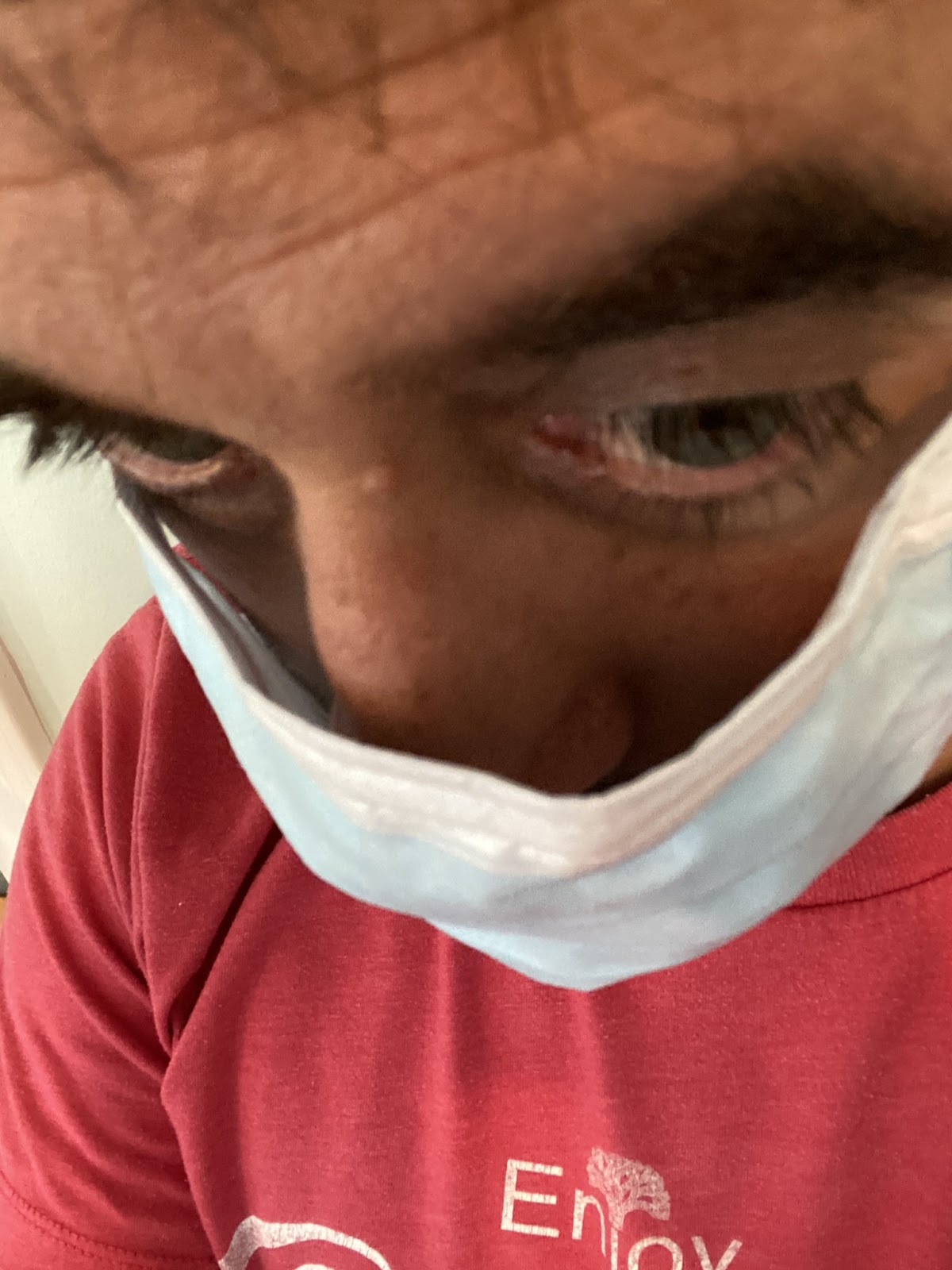
If your mask allows your unfiltered breath to float about unimpeded, you are not really wearing a mask. This is challenging for rideshare drivers; masks are varying degrees of hot and uncomfortable, depending on fit, construction and materials, and normal facial movements (breathing, talking, etc) make them move around and fall off.
This is why it’s important you get a mask that’s a perfect blend of fit, comfort, function and price. If it doesn’t fit, it doesn’t work.
Some other mask-wearing tips I came up with while testing my masks:
- When you put the mask on, cover it with your hands and exhale forcefully. Can you feel breath coming out from around the mask’s edges? If so, it’s not tight enough against your face. You want your exhalation to go out through the material, not around it.
- After it’s settled and adjusted, open and close your mouth rapidly and widely, like you’re talking (because we like to talk, don’t we?). If it pulls off your mouth or nose, the fit isn’t right. The mask may be too small, too large, too loose, etc. Do you want to be touching your face 10 times a minute to adjust your mask?
- You can buy mask extenders that let you attach the straps behind your head instead of pulling your ears; these can take pressure off your ears and make it more comfortable to wear all day.
Please post more tips in the comments!
Recommended Mask Features and Materials
I bought about a dozen different masks to try out. When I thought about how I would write this story, I assumed it would be like testing motorcycles or motorcycle accessories – I’d buy a few representative models and compare them with a chart and rating system, and boom, there’s the “winner.”
I’m realizing now that wouldn’t work here. There are just too many brands, models and styles. I’d have to be like Consumer Reports with a huge lab full of technicians and equipment like a Henderson apparatus and a Collison nebulizer. Instead, I’m just a sad middle-aged guy in his home office with a 10-year-old laptop and two cats.
So I’m going to tell you about some different materials, styles and features, tell you what I think the pros and cons are based on my experience testing about 10 different masks and coverings, and you can use that info to buy the best mask for you.
As I said above, it has to fit, be comfy, work and be affordable, and all those factors can vary with the person using the mask as well as how they use it. Hopefully, you can be a quasi-expert in cloth face coverings by the time you read this and make good choices.
Note I wrote “choices” – I recommend buying several masks so you can try them and get the best one for you and your uses. This is another reason to buy from US-based retailers (or from a brick-and-mortar store, if possible), so you can return the stuff you don’t use.
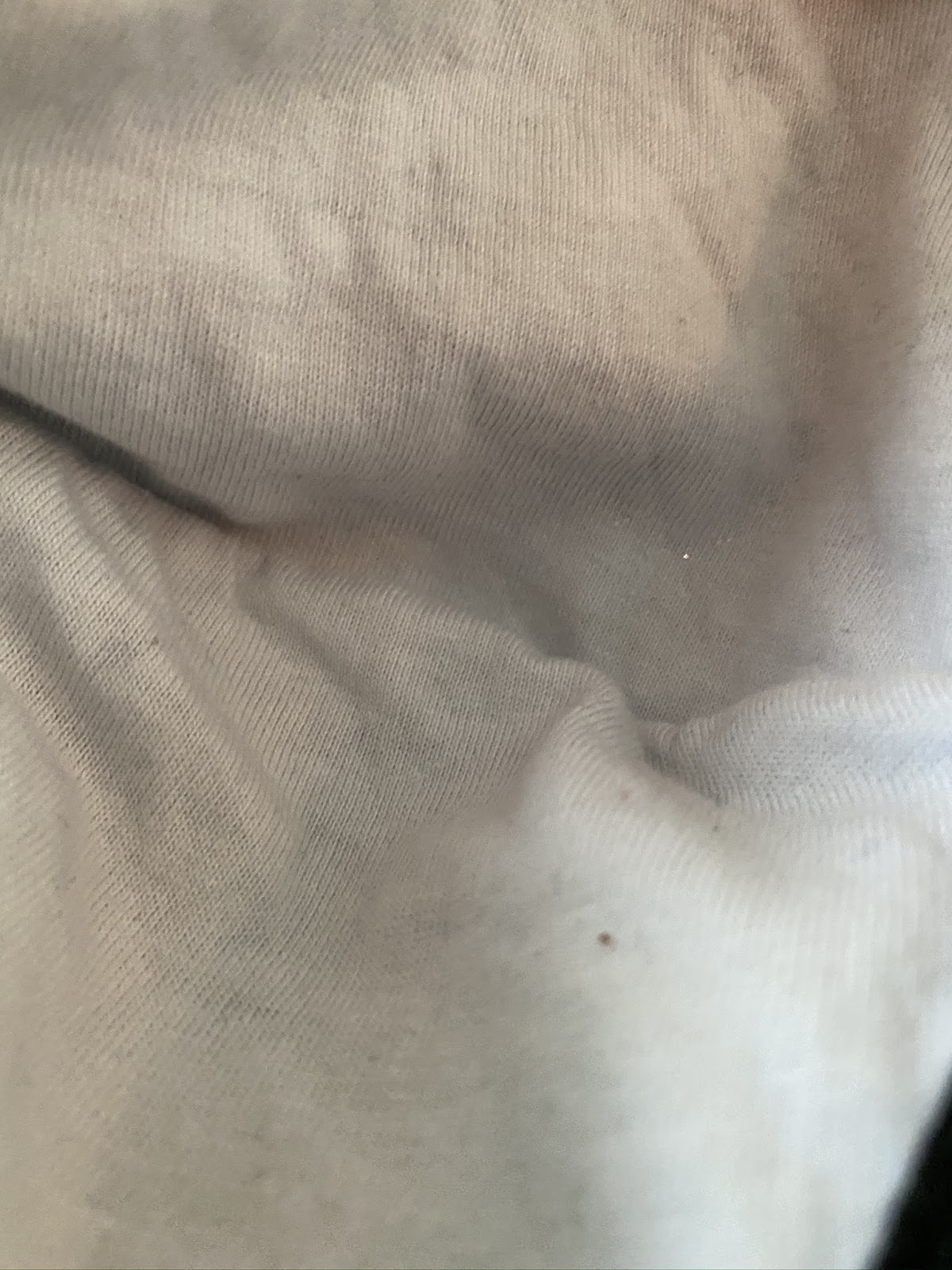
Mask Materials:
Cotton:
- It’s light, soft, breathes well, is easy to wash and can also filter particulate and water vapor surprisingly well.
- It’s usually thin and when it gets wet it retains odor, doesn’t dry quickly and can restrict breathing.
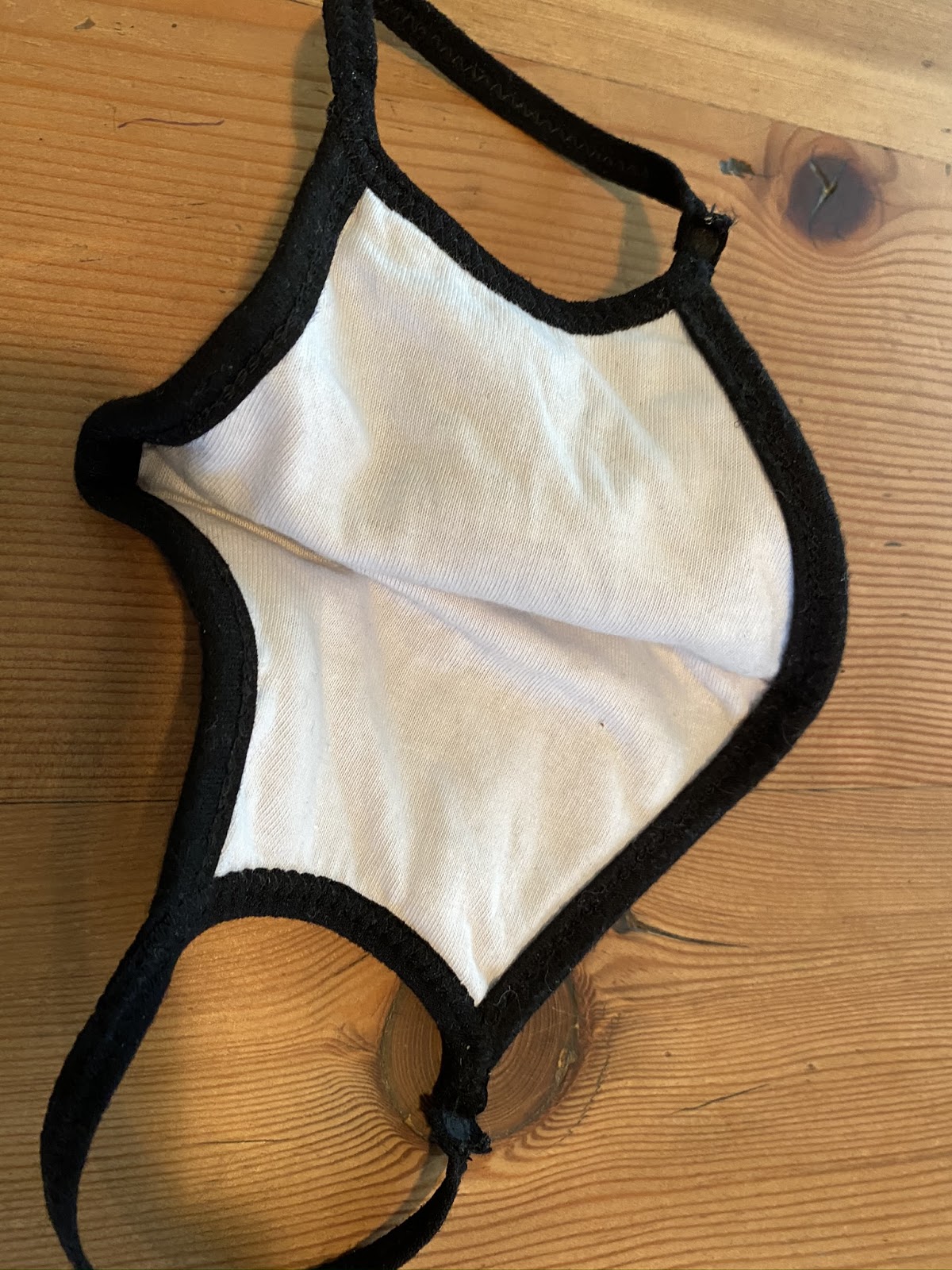
Cotton/Stretch fabric Blend (this includes those stretchy neck-gaiter things):
- Also light, soft, breathes well, easy to wash and conforms to your face for a better fit..
- Weave is less dense as cotton when it’s stretched, so it doesn’t block much breath.
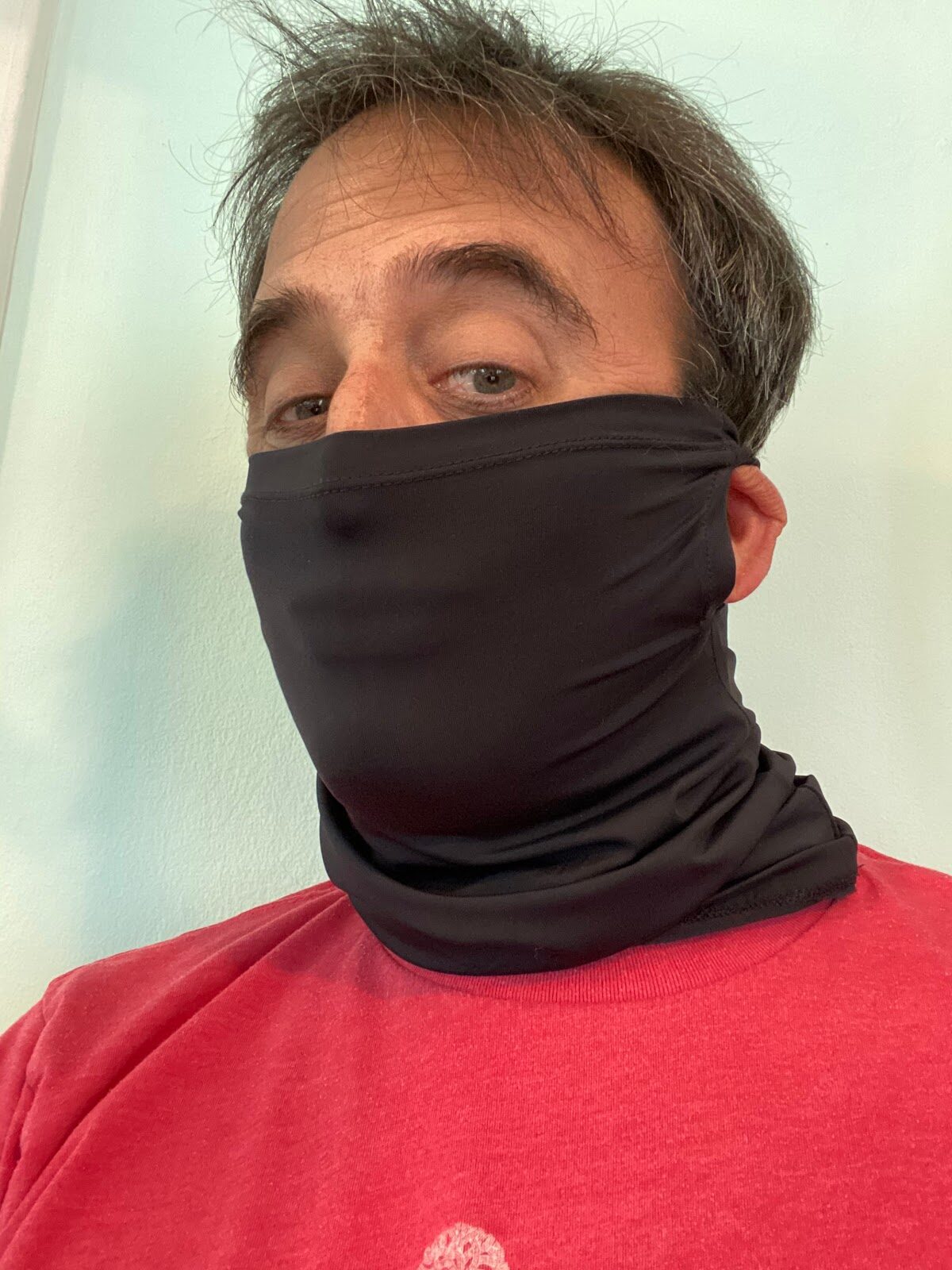
Here’s a cotton/cotton blend mask we recommend.
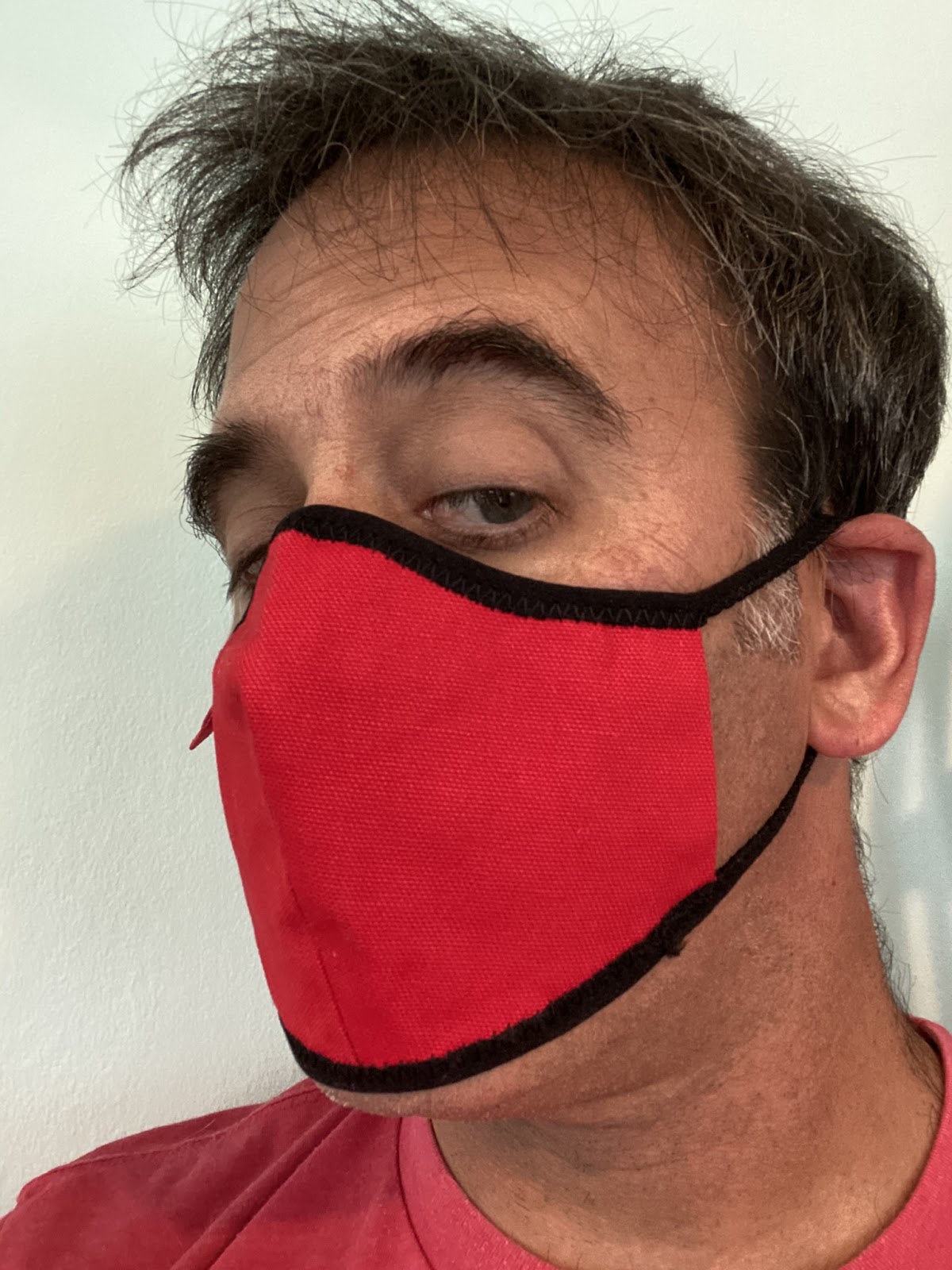
Heavy Canvas/denim:
- Strong, blocks a lot of breath, gets softer with age, will probably last longer than the epidemic, washable.
- Stiff, not as soft/comfy, doesn’t conform to face as well.
An example of a recommended mask in this category.
Disposable synthetic fabric (like in disposable masks):
- Usually good filter medium, light
- Not washable, expensive (at least 50 cents per use), gets sweaty and uncomfortable.
We don’t recommend disposable masks.
Recommended Materials: Multi layer cotton or blend
Mask Features:
Ties:
- Infinitely adjustable for a perfect fit
- Non-elastic ties can be uncomfortable, can come untied, takes longer to don or remove.
Recommended Masks with ties or earloops
Elastic earloops:
- Stretchy, secure fit and comfy
- Need adjusters to get perfect fit.
Earloop adjusters:
- Plastic or rubber doodads that can make the loop bigger or smaller to get mask snug against the face but not uncomfortable.
- If you have a big head (you know who you are) you may not need them; they are usually removable.
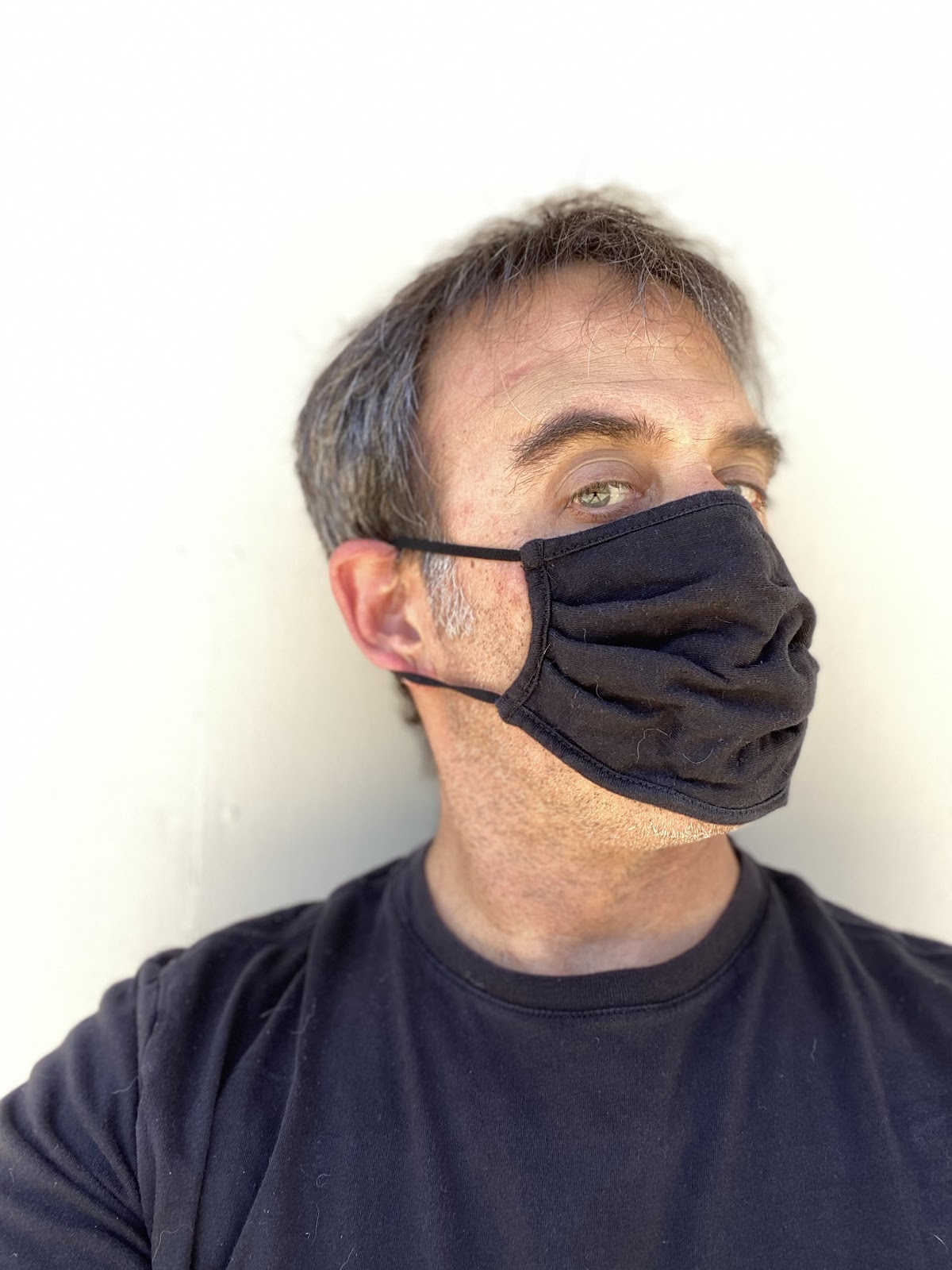
Pleats:
- Pleated construction gives extra filtering surface and material and allows mask to follow the contours of your face.
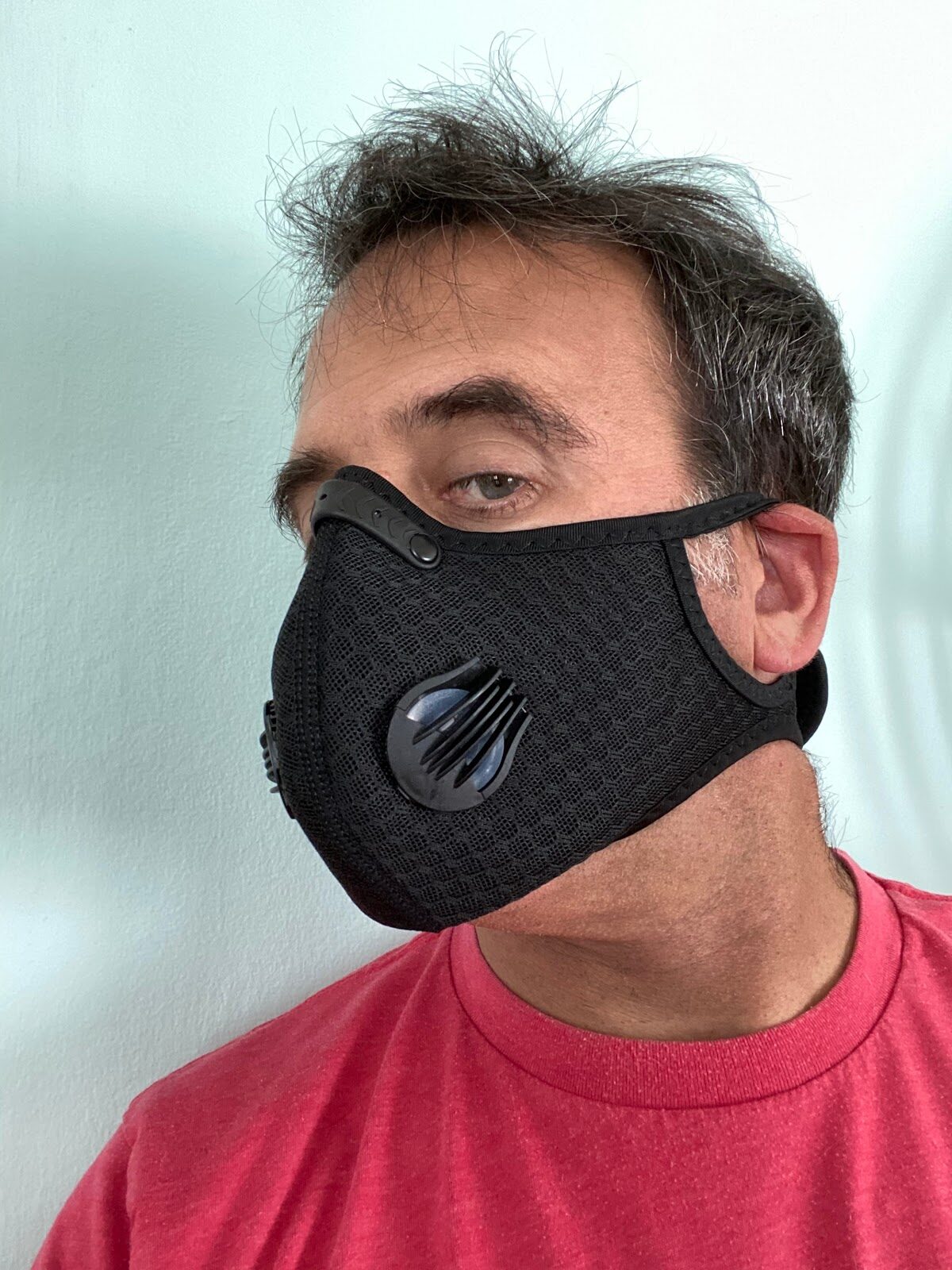
Filters:
- Some masks have a pocket to hold removable disposable or washable filters, which can offer increased (but not total) protection you as well as your passengers
- Extra material can make it harder to breath, adds extra complexity, cost, weight and discomfort to mask, as well as restricting airflow, especially as the filter gets saturated with airborne particles.
- At least one study noted that filters lose their filtering ability over a three-hour period, while cloth masks gained filtering capacity.
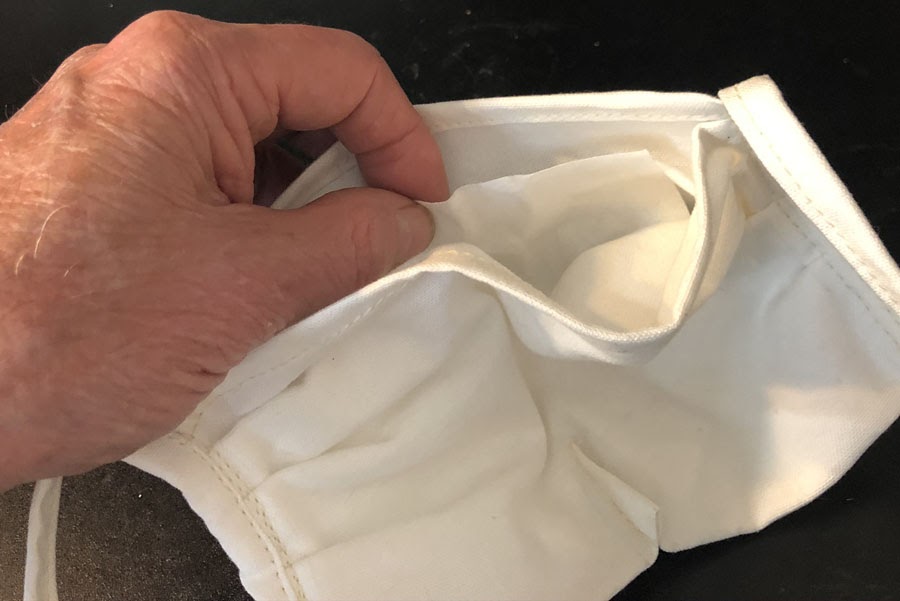
Adjuster Wire:
- Lets the wearer adjust the mask around the nose, allowing perfect fit and seal, and helps keep the mask from falling off the wearer’s nose.
- May be uncomfortable, can break/wear out.
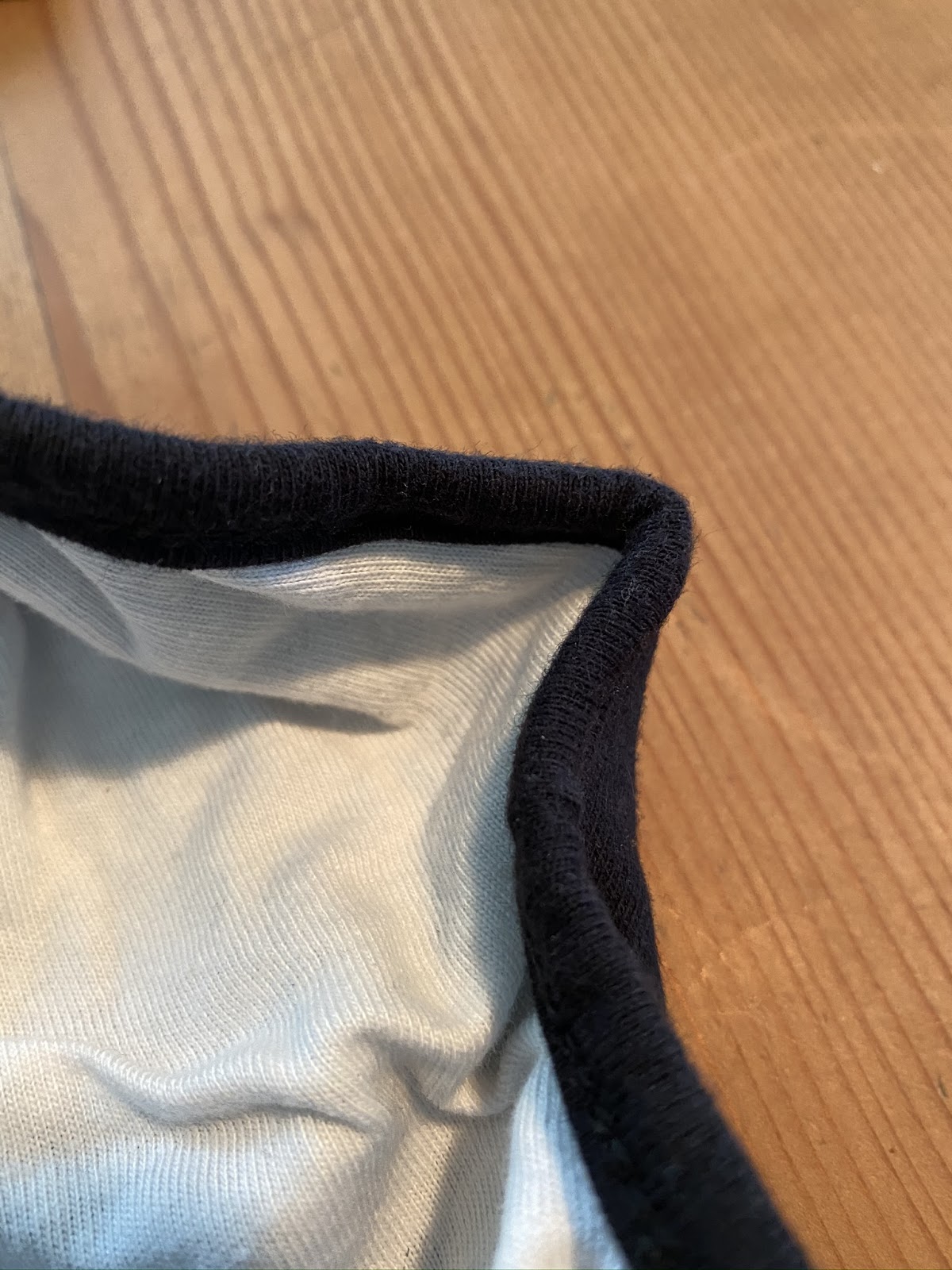
U.S-based Retailer:
- Much faster shipping times, will stand behind product, can replace it or get new parts.
- A little more expensive (but usually not much)
Here are a variety of US-based retailers offering masks.
Recommended Features: Adjustable elastic earloops with adjusters, pleats and/or double-layer material, adjuster wire, U.S.-based retailer.
This mask in particular is the author’s favorite.
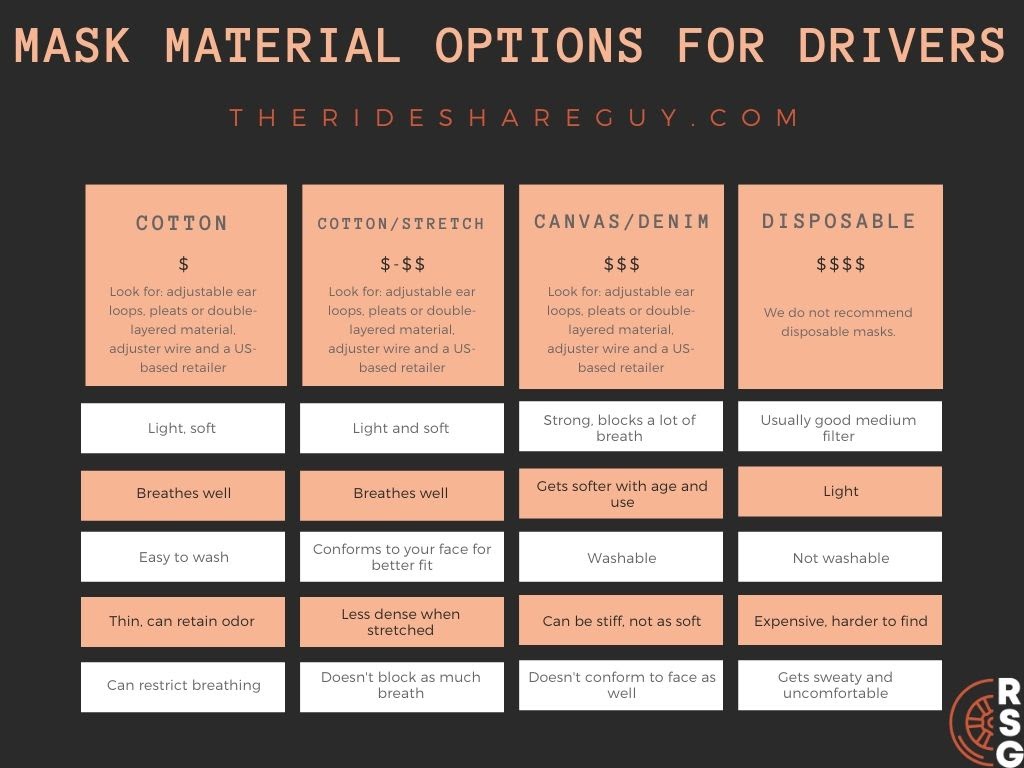
Conclusion: Get a Mask!
Oh, man, I am swimming with mask info, and as stunned and confused as you are at the array of choices I’ve seen on Amazon and the universe of mask-retail sites popping up like mushrooms in an abandoned Volkswagen bus. That’s why our recommendations are more like (hopefully) helpful suggestions.
I hope we’ve given you enough info to make an informed choice. Please post in the comments and stay safe.
Recommended reading and helpful links:
- Uber’s COVID info page.
- Lyft’s COVID info page.
- CDC COVID info page.
- Excellent article on masks from 538 Blog
- Interesting study of homemade masks vs. medical-grade masks. Note the study tests protecting the wearer from infection, not others from the wearer.
Readers, what type of mask are you wearing while you’re out and about? Share your mask-wearing tips below!
-Gabe @ RSG
